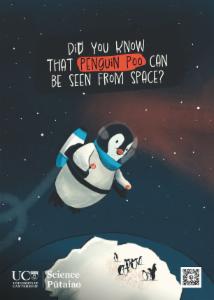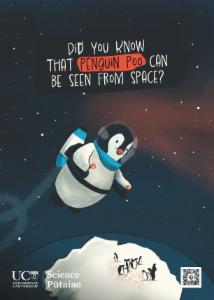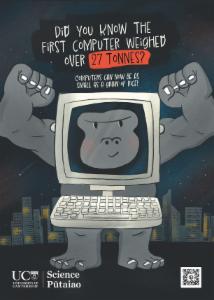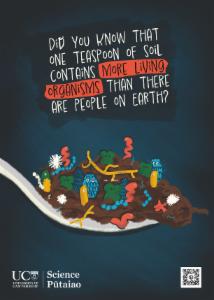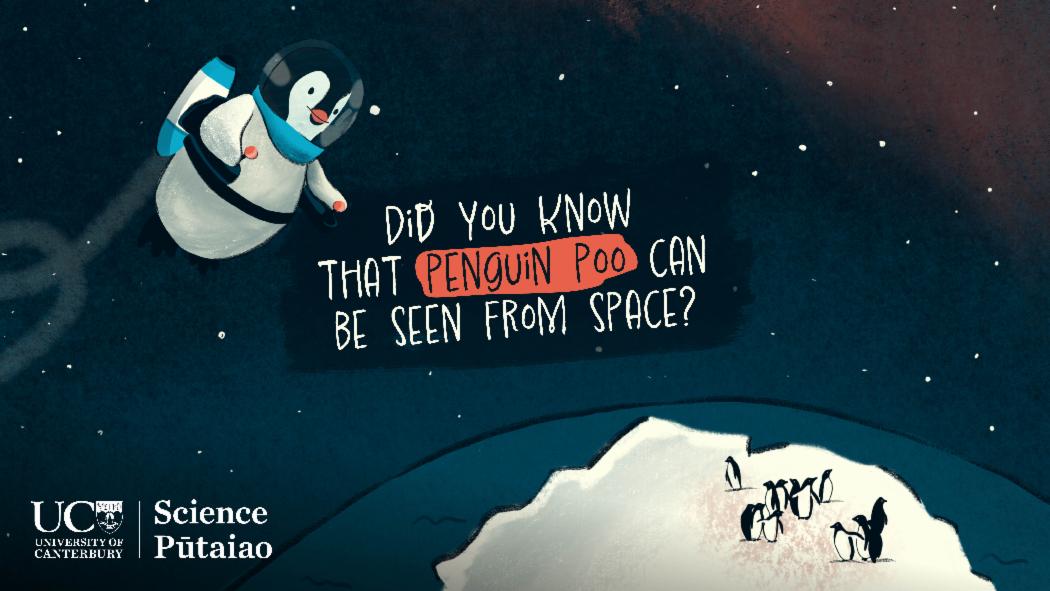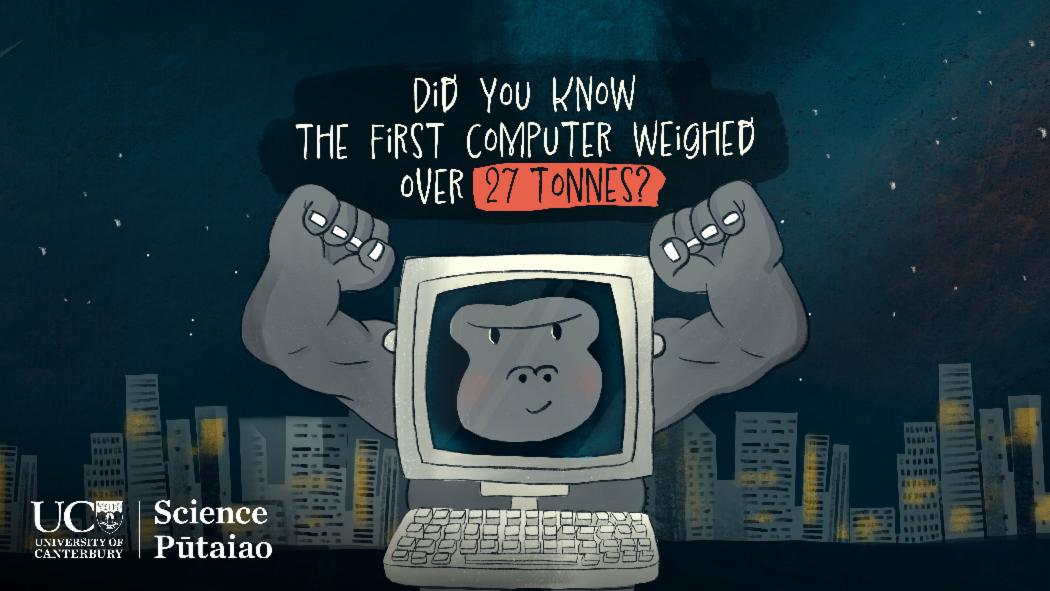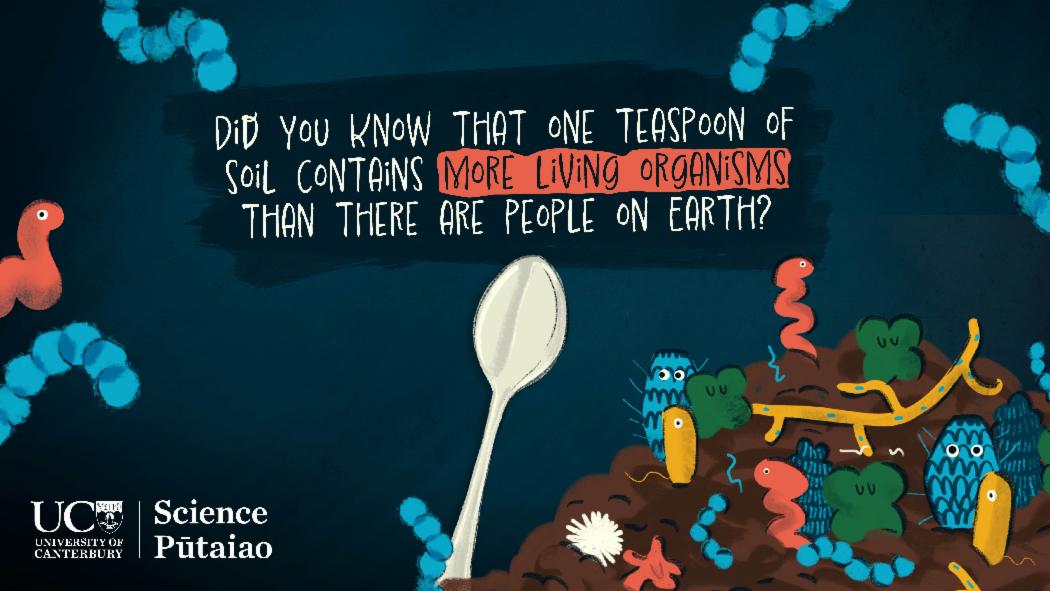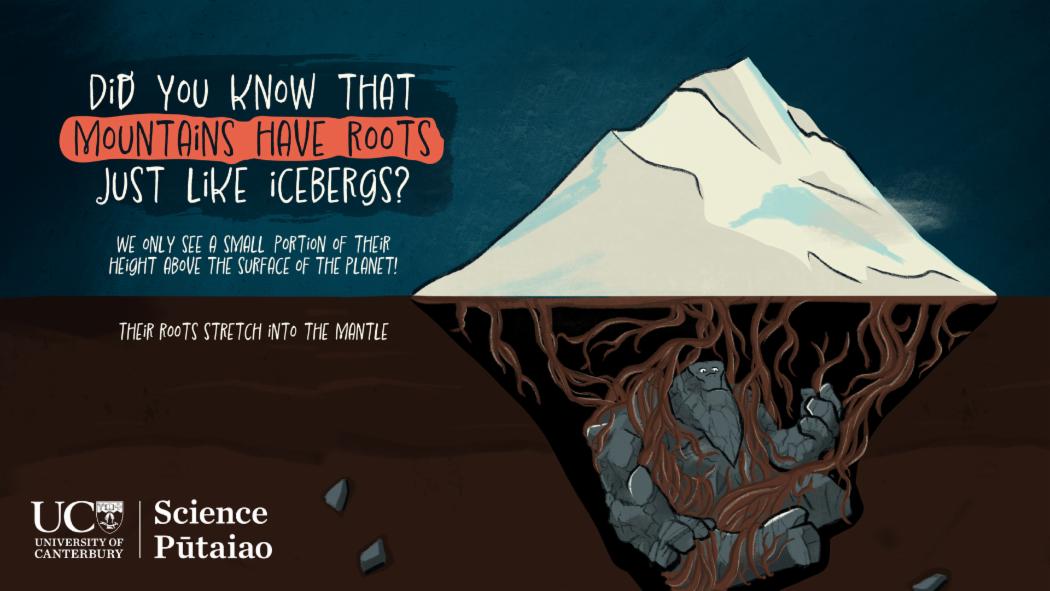

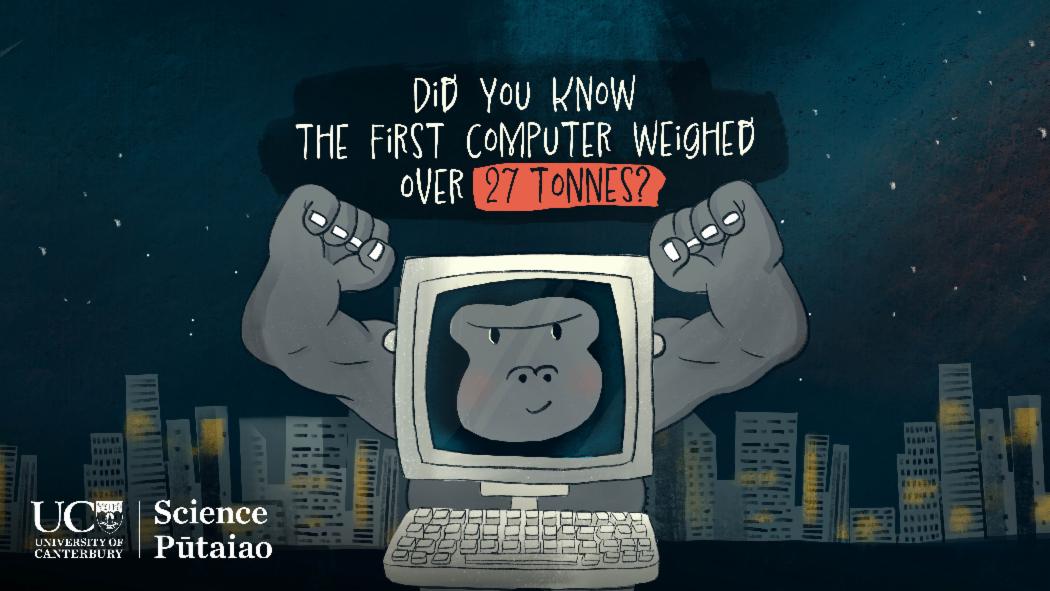
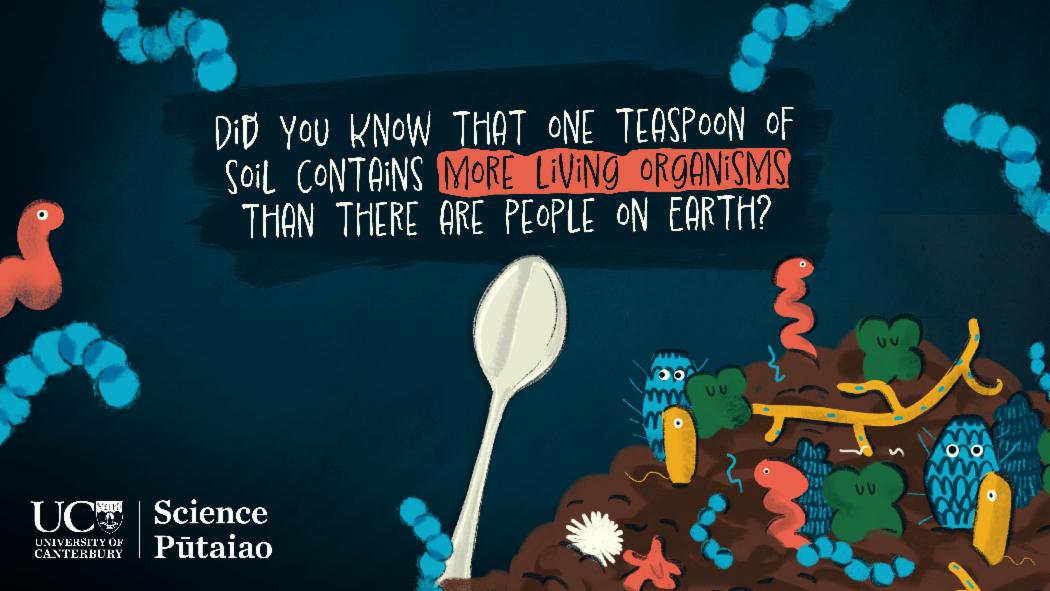
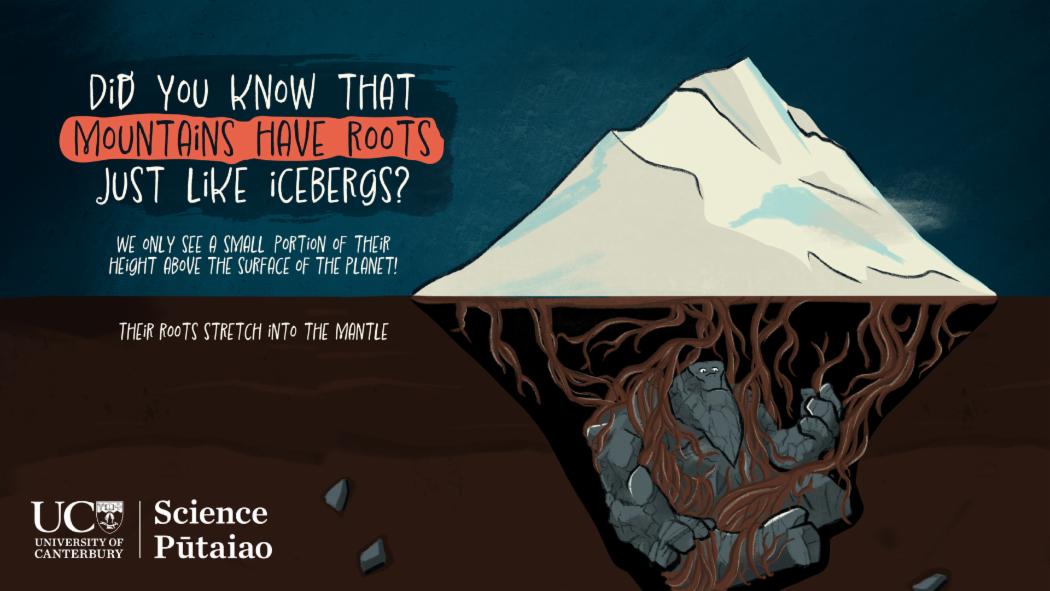

In the hundred or so years since computers were first invented, they’ve shrunk amazingly in size and grown considerably in computing power.
Today, computers can be smaller than a grain of rice!
History’s giants
The world’s first programmable, electronic, general-purpose digital computer was completed in 1945. Known as ENIAC, it’s first program was a study of the feasability of a thermonuclear weapon.
ENIAC relied on the use of punch cards to input and output information. By the end of its operation in 1956, it contained over 18,000 vacuum tubes, 7,200 crystal diodes, 1,500 relays, 70,000 resistors, 10,000 capacitors, and approximately 5,000,000 hand-soldered joints.
ENIC weighed over 27 tonnes and occupied an aread of 170m2 which is about the same size as an average New Zealand house.
Today’s miniatures
In contrast, today’s smallest computer is just 0.3mm in length. Known as the “Micro Mote”, it was developed at the University of Michigan to sense the tempreature of tumours inside the body.
There’s a lot packed into this tiny device. In addition to RAM and photovoltaics, it contains processors and a wireless transmitter and receiver. Because it is too small to house a radio antennae, it receives and transmits data using visible light.
There is some controversy over whether this microdevice is indeed a computer. Once it loses power, it also loses all its programming and data, which some experts feel disqualifies it from true computer status. Regardless, it is proving to be a very useful tool.
What can a Micro Mote be used for?
- Sensing pressure within the eye to aid with glaucoma diagnosis
- Studying cancer
- Monitoring oil reservoirs
- Monitoring biochemical processes
- Audio and visual surveillance
Computers across time
- 1613 – The word “computer” sees its first recorded use. It originally referred to a person who performed calculations.
- 1960 – The first modern computer arrives in New Zealand – the IBM 650, leased to the New Zealand Treasury.
- 1968 – The first desktop PC was developed and mass-marketed by Hewlett Packard.
- 1975 – The first portable computer was released by IBM. It weighed nearly 25kg.
Sources
https://news.umich.edu/u-m-researchers-create-worlds-smallest-computer/
Smithies (2014) - https://ir.canterbury.ac.nz/bitstream/handle/10092/10609/12651793_ConnectingPeriphery_smithies_1.1.pdf;sequence=1
Carpenter (2020) - https://muse.jhu.edu/article/762007/pdf
https://www.latitudehomes.co.nz/blog/what-is-the-average-house-size-in-new-zealand


